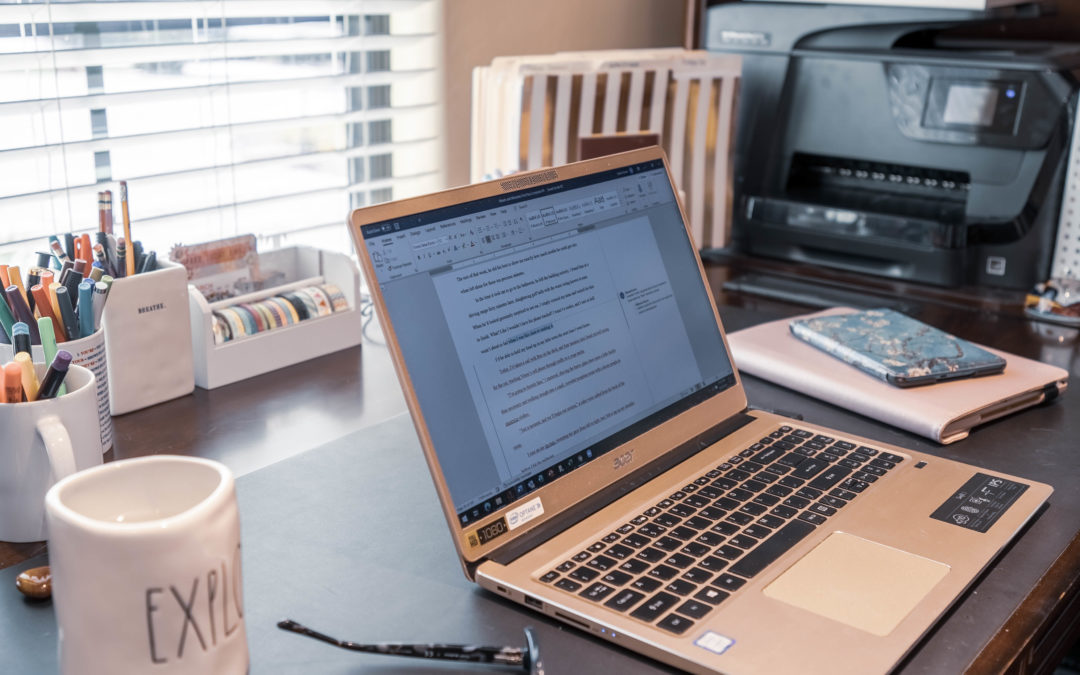All Edits are Not Equal: What Kind of Editing Do I Need?
There are many different kinds of editors—film editors, photo editors, book editors—but we’ll be talking specifically about books. It’s important you know what you’re looking for help with when you start your search for an editor—or you may wind up with something you don’t want or need. Editing professionals work hard to make certain that what you say is what you mean…and what you mean is what you say. It’s a paradox that editors can’t seem to agree on the names or meanings of various stages of editing. What one calls a developmental edit, another might call a substantive edit. While one developmental editor goes as far as to include line editing, another may not even mark up the manuscript at all. Some copyeditors will check your sources and facts; others leave that to professional fact checkers. It’s critical that writers and editors decide right from the start what will be done—and put it in writing so there are no surprises on either side.
Here are the basic types of editing. Not surprisingly, they go in order from earliest to latest stages in the production cycle. (Think of it as building the foundation, then putting up the walls, painting, and finally adding the decor and doing some last-minute cleaning.) They likewise go from most expensive service to least expensive.
Developmental Editing. Developmental editing focuses on the structure of your story. It takes a big-picture look at things and works with plot, pacing, characterization, conflict, timeline, tone and voice, organization, believability, and story threads. The developmental editor will point out plot holes, weak motivations, unnatural dialogue. They will make suggestions for improving conflict, tightening scenes, and creating higher highs and lower lows to capture the emotions of your readers. Many developmental editors specialize in certain genres. If your developmental editor specializes in your genre, you’ll receive the added benefit of the editor’s strong familiarity with competitive titles and market expectations. (Also sometimes called Substantive Editing or Content Editing.)
Technical or Academic Editing. Technical and academic editors are the equivalent of developmental editors, but they primarily work with nonfiction writing. They are often specialists in a certain field and are extremely helpful in tailoring your message to the proper audience. Many technical/academic editors have certifications in particular areas of expertise, such as medicine, life sciences, and technology. This provides an added benefit in that the editor knows the subject matter and/or framework necessary for publication. (Also sometimes called Developmental, Substantive, or Content Editing.)
Line Editing. Line editing focuses on improving phrasing, sentence flow, and all the stylistic elements that make your story unique. A line editor works on polishing the sentences without altering your meaning or voice. They also often provide light copyediting services: fixing grammar, punctuation, repetition, consistency, and other details. Line editing can sometimes be included as part of a developmental editing package; or combined with copyediting. If you want line editing, it’s important to let your editor know from the start to make certain this is added to your agreement. (Also sometimes called Stylistic Editing.)
Copy Editing. Copy editing pays close attention to the rules of good writing. Copy editors are very detail-oriented and look at spelling, punctuation, and grammar. They also make sure rules are followed consistently, and some are tasked with fact-checking as part of the copy editing process. If you’re looking for line edits or fact checking in addition to grammatical elements, make sure it’s discussed with the copy editor prior to the start of the process.
Proofreading. A proofreader is the last person to put eyes on your story before it is published. When a manuscript makes its way to a proofreader, all the changes suggested by the developmental editor, line editor, and copy editor should have already been addressed. This is not the time for lots of changes. The proofreader is tasked with the final check to make sure typos, repetitive or missing words, and formatting errors haven’t sneaked in. In traditional publishing, proofreading is done after the type has been set in pages. In self-publishing, proofreading should be done right before hitting publish. (Keep in mind, however, that no book is ever completely error-free. Perfection is rarely achieved even in the big publishing houses, where many eyes have been on the manuscript.)
Do you need all these editors for every book? Not necessarily. If you work with a traditional publishing house, they will hire editors at every stage for you. However, in order to get your manuscript accepted by an agent or publishing house, it needs to be well-polished and market appropriate. The competition is stiff, so hiring a developmental editor familiar with your genre is a very good idea. You only get one shot with an agent or editor, so the more solid the foundation of your manuscript is, the better the chances of it being acquired.
For those who wish to publish traditionally, I highly recommend a developmental edit and line edit. You can skip the copy edit and proofread—those will be performed by the publisher at their cost. If you self-publish, you’ll be in charge of (and responsible for) all stages of your writing and editing. The more eyes you have on your manuscript, the better. However, your budget will be a strong factor in what you can and can’t do in terms of professional editing. Think about where you need the most help: Is it with the structure of your story, pacing, or character development? Is it clunky sentences and transitions? Or maybe it’s pesky grammatical rules and punctuation confusion? Look for an editor who can fill the spots where you are weakest. And don’t skimp on proofreading!
Contact Me!
Need help editing and proofreading your latest novel? Get in touch to discover how I can help you.


